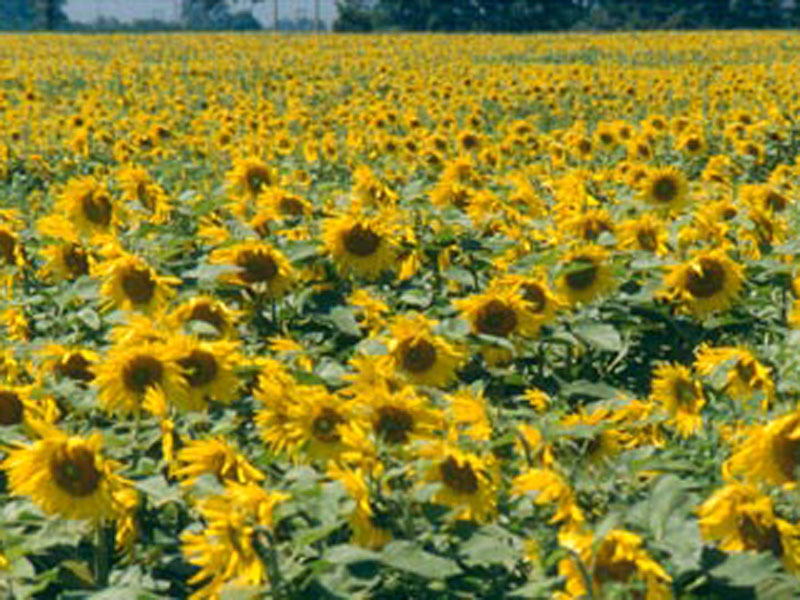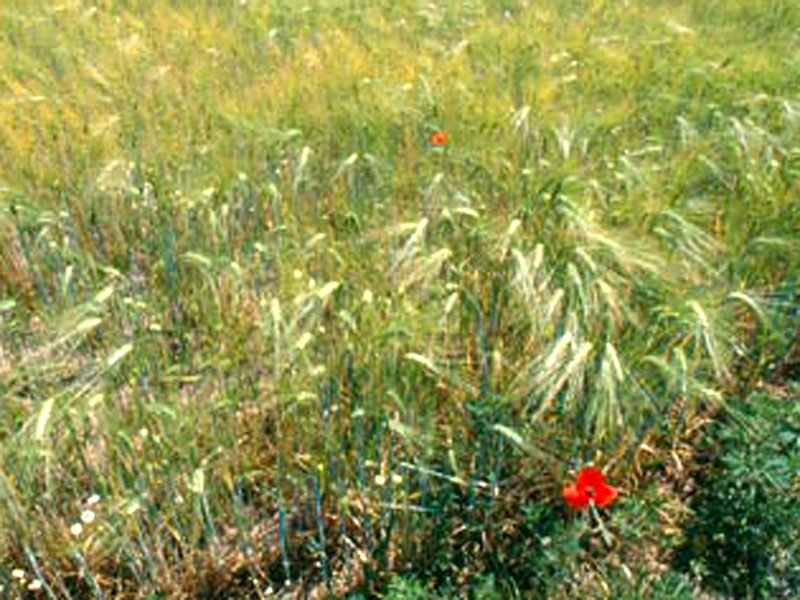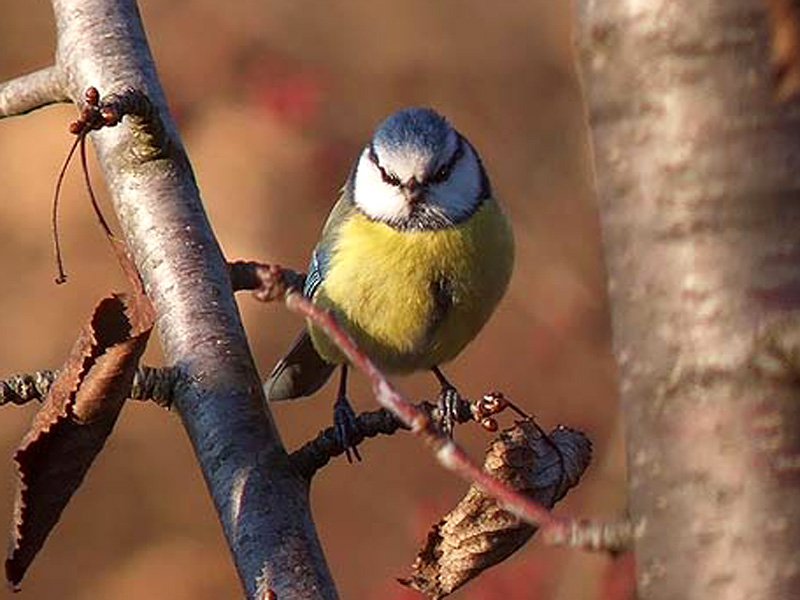Protected Area
Identity Card
- Agricolo Sud Milano Regional Park:
- Land Surface Area: 47'044.00 ha
- Regions: Lombardia
- Provinces: Milano
- Municipalities: Albairate, Arluno, Assago, Bareggio, Basiglio, Binasco, Bubbiano, Buccinasco, Calvignasco, Carpiano, Casarile, Cassina de' Pecchi, Cernusco sul Naviglio, Cerro al Lambro, Cesano Boscone, Cisliano, Colturano, Corbetta, Cornaredo, Corsico, Cusago, Dresano, Gaggiano, Gorgonzola, Gudo Visconti, Lacchiarella, Liscate, Locate di Triulzi, Mediglia, Melegnano, Melzo, Milano, Noviglio, Opera, Pantigliate, Paullo, Pero, Peschiera Borromeo, Pieve Emanuele, Pioltello, Pregnana Milanese, Rho, Rodano, Rosate, Rozzano, San Donato Milanese, San Giuliano Milanese, Sedriano, Segrate, Settala, Settimo Milanese, Trezzano sul Naviglio, Tribiano, Vanzago, Vermezzo, Vernate, Vignate, Vittuone, Vizzolo Predabissi, Zelo Surrigone, Zibido San Giacomo
- Establishment Measures: LR 24 23/04/1990
- Park Authority: Città Metropolitana di Milano
- Further managed Protected Areas:
- Riserva Regionale Fontanile Nuovo
- Riserva Regionale Sorgenti della Muzzetta
- ZPS Riserva Regionale Fontanile Nuovo
- ZSC Bosco di Cusago
- ZSC Fontanile Nuovo
- ZSC Oasi di Lacchiarella
- ZSC Sorgenti della Muzzetta
Organization:
- Regulations: General data | Bodies | Organization | Participation | Financial means | Transitory and final provisions | L.R. 23rd April 1990, n. 24
- Executive board
- Technical Agricultural Committee
- Management report
P.T.C. (Coordination Territorial Plan)
![]() D.G.R. 7/818 of 3rd August 2000 (PDF, Italian text - 2.08Mb)
D.G.R. 7/818 of 3rd August 2000 (PDF, Italian text - 2.08Mb)
Parco Agricolo Sud Milano
Parco Agricolo Sud Milano represents the recognition of the
important role that has been acquired by agriculture in Milan, a role
that it is still playing, even if in different ways. Visiting this Park
is like entering a great monument whose creators, beside nature, are
dozens of generations of farmers, the monks of the abbeys, and the
lords of castles and palaces, buildings which can be still admired
today in all the Park Municipalities.
Irrigation ditches, canals,
navigli, mills, country roads and tree rows, a myriad of springs, big
farmsteads: works set in the territory extending from Valle del Ticino
to Valle dell'Adda, chiseled by wise men in two millennia. The
countryside of Milan has always supplied the town markets and today, in
a deeply changed agricultural economy, continues to offer its services:
you can enjoy its rural landscape, perfumes and tastes coming from the
past, a green embrace around a metropolis suffocated by smog.
Parco Agricolo Sud has been established thanks to an important movement of associations
and groups of volunteers - which today are still united under Associazione Parco Sud - but also thanks to intellectuals, administrators and, with a growing
consent, over 1,400 cropping farms working in it. Despite the several
difficult moments characterizing its brief history, the Park remains
the essential instrument to limit the advance of concrete and to
enhance a great landscape and cultural heritage which has been wrongly
neglected in the past.
Further info (Italian text)
Discover Local Nature...
Green belts exist in many European towns: Paris, London, Randstad-Holland, Frankfurt, Milan are surrounded by protected areas.
However,
these areas are characterized by different features: the green belt
around Milan is characterized by a larger extension of agricultural
areas rather than woodlands.
In the beginning, a thick forest mainly
consisting of oak woods mixed with Pedunculate Oaks, Hornbeams, Lime
trees, Elms, Ash trees, Field Maples, and Wild Cherries covered the
area; afterwards, it was replaced by the current rural uniformity of
the landscape.
The naturalistic features of the Park are not the
main features of the territory, but the process of conservation and recovery of the natural features of the most precious places represents a good starting
point to reconquer a natural area next to the town.
Further info (Italian text)
Discover the Local Agricultural Activities...
The history of the "fat" (meaning "fertile" in rural slang) agricultural plain in the south of Milan is intertwined with the slow, systemic, and constant process of adaptation carried out by man to satisfy his own needs. Rich in water and very flat, the plain in the south of Milan had an almost certain fate: becoming large cultivated fields crossed by drain ditches, canals, and agricultural machines.
Further info (Italian text)
Fauna
In the Park, the wildlife is present above all in the areas of greater naturalistic value (woodlands, wetland, etc.), as well as in the cultivated areas, even if less. Among the animals living in the Park there are dormice, badgers, beech martens, foxes, wild rabbits, weasels, hares, and many others. Several birds live in the countryside: the Grey Heron, the Woodpecker, the Little Egret, the Cuckoo, the Great Tit, the Reed Bunting, and many others.
Vegetation
The woodlands of Parco agricolo sud Milano cover smaller areas than the existing cultivated fields. However, there are areas rich in vegetation along the banks of the rivers, canals, and watercourses, where the animals find shelter. The vegetation is dominated by autochthonous essences like White and Black Poplars, Willows, Elms, Hornbeams, some Mulberrytrees witnessing the ancient rural economy and growing together with Common Oaks and Field Maples. There are also several bushes of Hawthorn, Bloodtwig dogwood, Blackthorn, and many others.
Nature and Culture
The richness in water is the most significant environmental resource of
the area. There are historical rivers and watercourses (Vettabia,
Ticinello, Addetta, Muzza), navigli Grande and Pavese, several springs
which create ecosystems of particular value.
The natural environment
is characterized by the presence of woodlands (Cusago, Riazzolo,
Corbetta, Carengione, and the woodlands along the rivers and
surrounding the springs) and by protected areas like nature reserves
(Fontanile Nuovo di Bareggio and Sorgenti della Muzzetta di Rodano e
Settala), parks (dell'Addetta, dell'Idroscalo, di Trenno, di
Trenzanesio), and nature sanctuaries (Lacchiarella).
The large rural
land favors the conservation of soil free from buildings, essential to
maintain the ecological balance of the metropolitan area. In order to
carry out the agricultural activity, men have also built interesting
structures in the Park territory. Among the others, the abbeys,
witnessing the reclamation activity carried out by the monastic orders
of Chiaravalle (Cistercian), Mirasole and Viboldone (Humiliati).
Of
great value the Visconti Castles of Binasco, Cusago, and Melegnano, as
well as the castles of Cassino Scanasio (14th century), Locate and
Peschiera (15th century), Buccinasco and Macconago (16th century),
Rocca Brivio (17th century).
Among the farmsteads, there are the
fortified rural complexes of Carpiano, Fagnano, Gudo Visconti,
Tolcinasco, Settala, Coazzano and the rural nuclei of Cascina,
Resenterio, Selvanesco, Conigo, Cassinetta, Bagnolo, Sarmazzano.
Moreover, there are the ancient farmsteads with mills like C.na
Bazzanella, C.na Vione, C.na di Gudo Gambaredo, the ancient rural
structures with towered portals like in Dresano, Locate, Zivido,
farmsteads presenting evident structures recalling their monastic
origin like in Colturano, Gaggiano-Vigano, Mediglia, Tribiano,
interesting examples of 19th century farmsteads in neo-Gothic style in
Cisliano, Rozzano, and Zibido. Finally, we should mention the country
villas of Bareggino, Corbetta, Gaggiano, Trenzanesio, Vittuone.
Several
the architectural elements which, even if not precious, represent
interesting evidences of rural archaeology and popular culture, which
should be maintained and enhanced as historical evidences of the past
production system.








